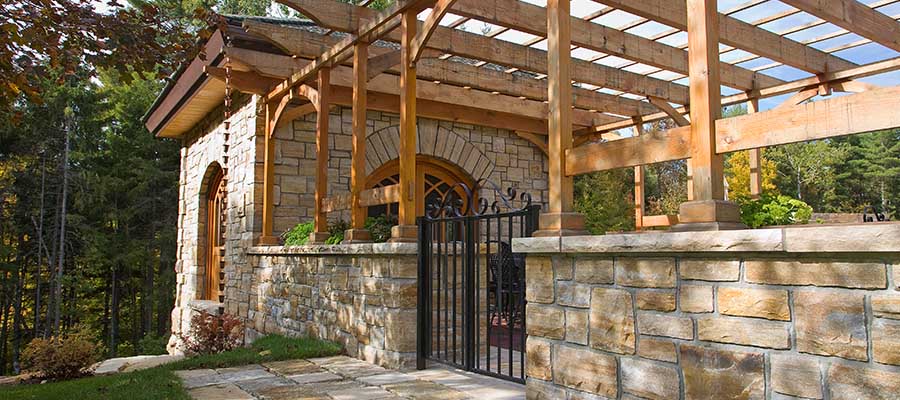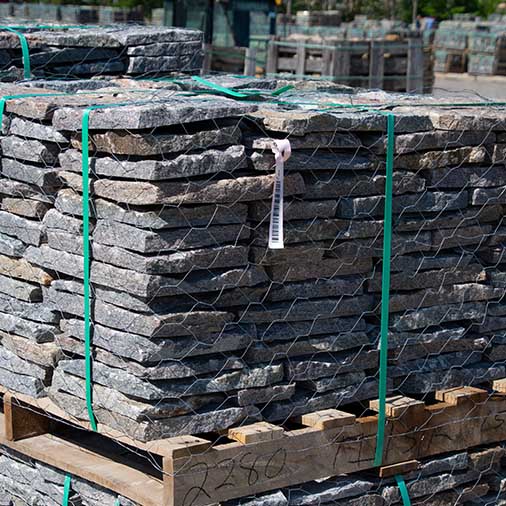Balancing Budget and Beauty: The Role of Cost in Architectural Siding Choices
When architects embark on a new building project, one of the key considerations that guide their decision-making is cost. While aesthetics, durability, and functionality are undoubtedly important, the economic aspect of choosing siding materials cannot be overlooked. Let’s delve into why cost is a critical factor for architects when deciding on siding for a building.
The Economic Reality of Construction
Every building project comes with a budget, and it’s the architect’s role to ensure that this budget is adhered to. Siding, which covers a significant surface area of most buildings, can be a substantial portion of the construction costs. Architects must find a balance between the quality of materials and the overall budget to ensure the project is financially feasible.
Material Costs: Quality vs. Affordability
The cost of siding materials varies widely, from relatively inexpensive options like vinyl to more costly choices like natural stone or high-end wood. Each material comes with its own set of advantages and drawbacks. Architects must evaluate whether the benefits of more premium materials, such as the durability and aesthetic appeal of Green Mountain Veneer’s natural thin stone veneer, align with the project’s objectives and budget. In some cases, a less expensive material might offer a better cost-to-benefit ratio without compromising the building’s integrity or aesthetic appeal.
Long-Term Value Considerations
An architect’s vision extends beyond the immediate construction phase. The long-term value of the building, including maintenance costs, durability, and energy efficiency, also plays a role in siding material selection. Sometimes, investing more upfront in higher-quality, more durable materials such as natural stone veneer can lead to lower maintenance and repair costs in the long run, offering better overall value.
The Impact on Energy Efficiency
The choice of siding material can have a significant impact on a building’s energy efficiency. Some materials offer better insulation, leading to reduced energy costs over time. While these materials may be more expensive initially, the long-term savings on energy bills can be a compelling reason for their selection. Architects must weigh these potential savings against the initial investment.
Aesthetic and Market Considerations
The appearance of a building is crucial and can impact its market value. While more expensive siding options might offer a unique or luxurious look, architects need to consider if this aligns with the project’s market goals. In some cases, cost savings on siding can be allocated to other aspects of the project that offer greater value or appeal.
Customization and Flexibility
Higher-cost siding options often come with a greater range of customization and flexibility in design. This can be a significant factor in projects where unique architectural features or specific aesthetic outcomes are desired. The decision then becomes a matter of prioritizing customization and uniqueness against the available budget.
Conclusion
In conclusion, cost is a multifaceted consideration in the selection of siding materials for a building. It’s not just about keeping expenses low; it’s about making strategic choices that align with the project’s overall objectives, including long-term value, energy efficiency, aesthetic goals, and market positioning. An architect’s skill in balancing these various factors within the confines of the budget is what leads to successful and sustainable building projects.




